Bell pepper is a rather unpretentious crop that grows well in the southern climate. When growing a plant in the middle lane, some difficulties may arise associated with a long growing season, therefore, before planting seeds in the ground, they must be germinated. Experienced growers prefer to independently grow pepper seedlings, which is associated not only with economic benefits, but also with the quality of seedlings.
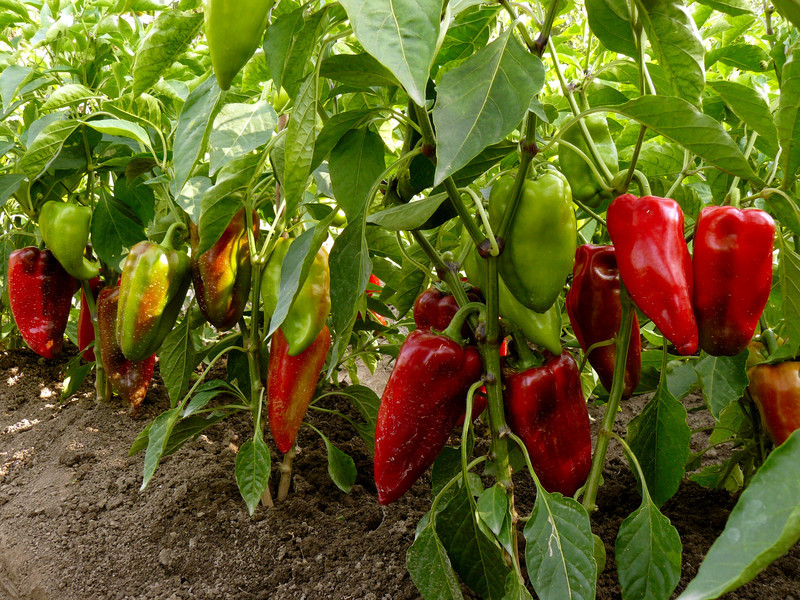
Pre-planting seeds of bell pepper for seedlings allows you to get a high yield not only in the greenhouse, but also in the open ground. Particular attention should be paid to the timing of sowing and preliminary preparation of seed material, because not only germination, but also the further development of plants depends on this.
Content
Dates of sowing seeds of bell pepper for seedlings in different regions
Sowing of seeds is carried out at the end of winter, but a specific date should be chosen based on the climate and growing conditions (greenhouse or open soil). Sowing time also depends on the variety, because late ripe and early ripe peppers are sown at different times.
For the South Urals
Until recently, growing peppers in the Urals was very difficult due to harsh climatic conditions. However, special resistant varieties have been developed for cultivation in this area. However, in open ground, heat-loving bell pepper manages to ripen in a short summer only in the Southern Urals, in other regions of the Northern region it is grown only in greenhouses with the use of additional lighting. And in any case, pre-growing seedlings - both before planting in the ground, and in the greenhouse.
Most gardeners, when sowing seeds, are guided not only by the timing of planting, but also on favorable days according to the Lunar calendar. That is why beginners are advised to pay attention to the phases of the moon. Favorable days for residents of the Urals will be February 9, 19, 23 and March 7, 20, 22. It is better not to delay the sowing, otherwise the peppers simply will not have time to ripen (in open soil).
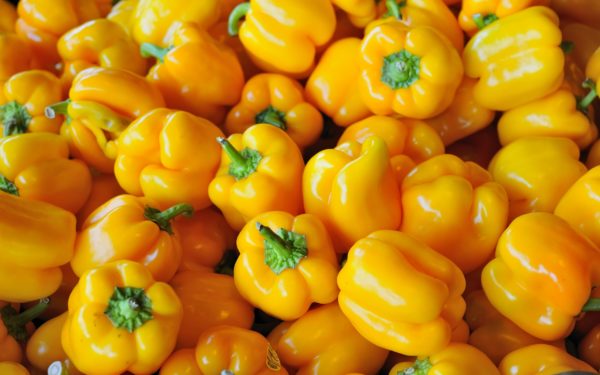 You may be interested in:
You may be interested in:For Moscow region
In the Moscow region, bell pepper can be grown both in greenhouse conditions and in beds, but any method of cultivation requires the preliminary germination of seeds at home. Each grower selects the most suitable growing conditions for himself. To determine the approximate dates for sowing seeds for seedlings in this region, you should focus on the fruit ripening period, as the early cultivars are sown after March 15.
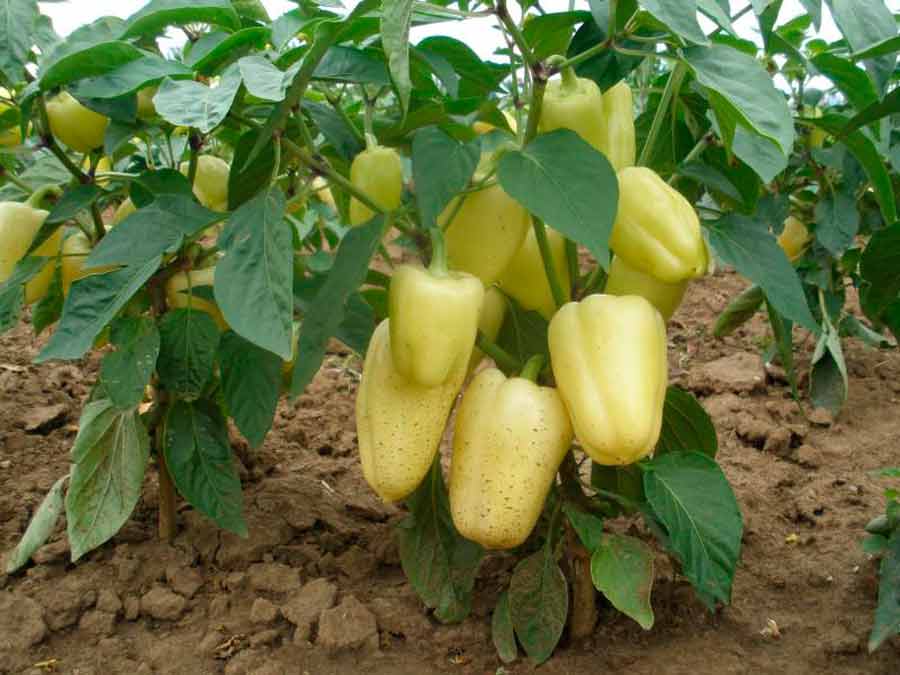
For central Russia
Varieties of peppers are early, middle and late ripe.From the appearance of seedlings to the harvest, on average, 100-135 days pass. An additional 14-20 days are added to this period (germination period) and the fruiting period, which will suit the gardener, is calculated. If there is a heated greenhouse, then you can harvest a few weeks earlier.
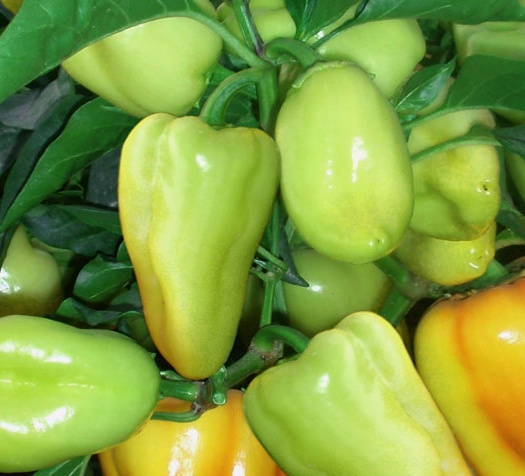
Choosing the right variety and preparing sweet pepper seeds for planting seedlings
To date, about two thousand varieties of sweet pepper are known, which differ in taste and appearance. In order to choose a suitable variety, the beginning vegetable grower should carefully read the description of the plant on the package and determine the growing conditions.
For small greenhouse premises, it is better to select low-growing varieties, for outdoor conditions they often acquire early peppers, which are more likely to ripen in open ground. If you plan to collect seeds from the harvest, then it is better to abandon heterozygous hybrid varieties, although they are more resistant to disease.
The best varieties of peppers, according to vegetable growers, for growing in open ground:
- F1 Pinocchio - an early pepper with red oblong-shaped fruits. The weight of one fruit reaches 100 g, and the wall thickness is 5-6 mm. The height of the bush does not exceed 70 cm.
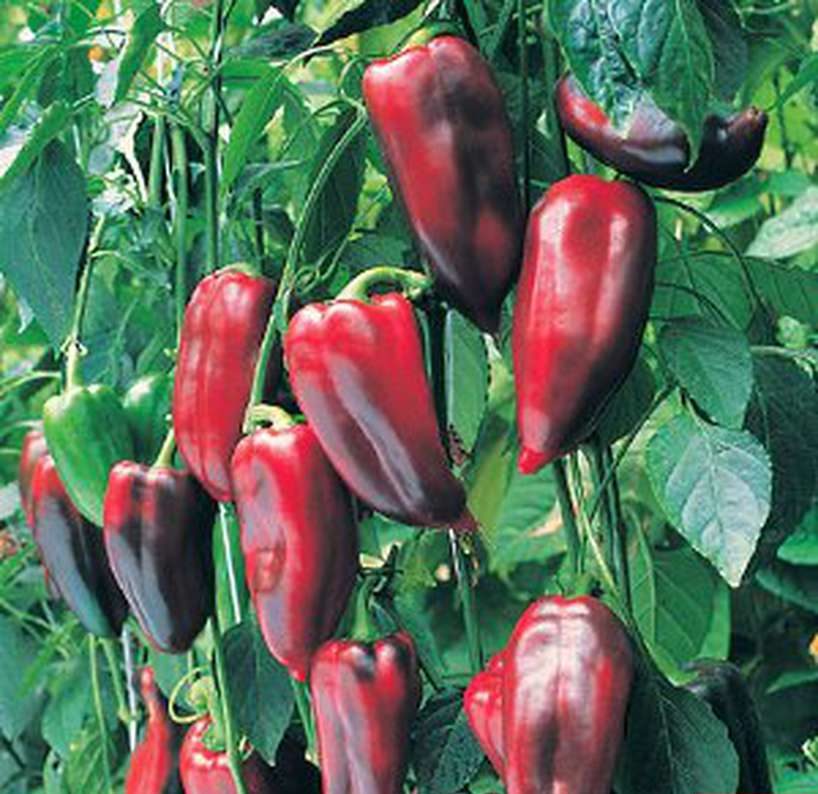
F1 Pinocchio - Atlantic F1 - an early ripe plant, whose height reaches 110 cm. Barrel-shaped peppers are massive and can weigh up to 450 g.
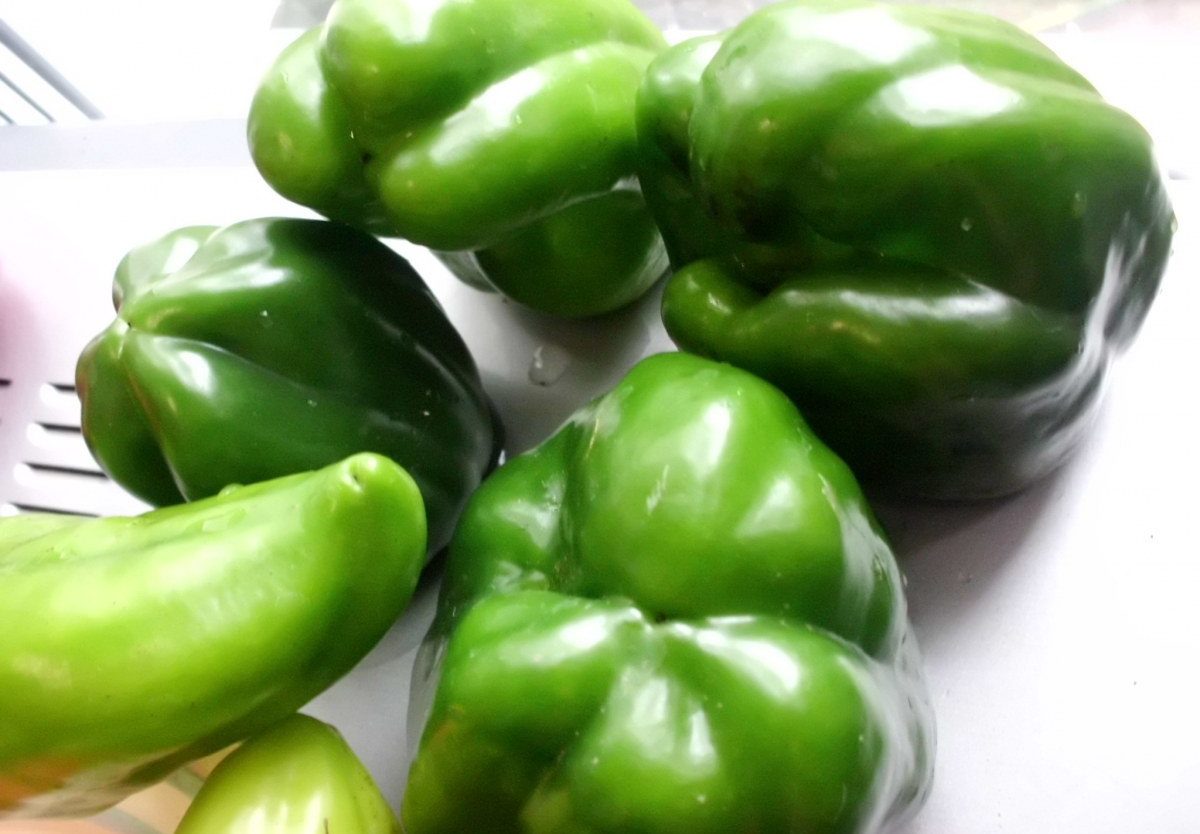
Atlantic F1 - Gemini F1 has a high yield. Fleshy fruits have a cuboid shape and a yellow color.
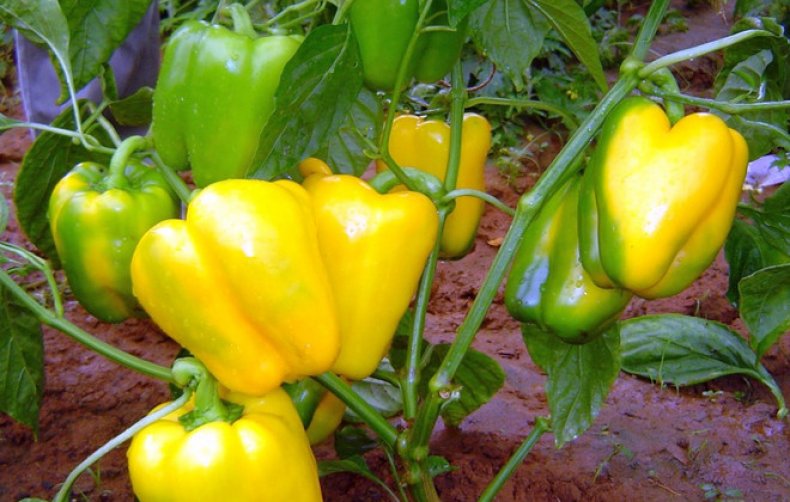
Gemini F1
The following varieties are popular for greenhouse cultivation:
- Ivanhoe;
- Siberian format;
- Maecenas;
- Funtik;
- Eroshka;
- Country
- Swallow.
Do not immediately sow seeds from the package, as this will greatly complicate the entire growing process. Seeds must be pretreated in order to accelerate germination and get strong shoots.
You can choose one of the following pre-sowing methods:
- Sowing material is kept for about 4 hours in water, the temperature of which should be + 45-50 ° C. After that, the seeds are spread on a damp cotton cloth or gauze and left for germination for three days at a temperature of about + 26 ° C.
- You can use store tools specifically designed for soaking - Baikal, Ideal, Fitosporin.
- For disinfection, the seeds are kept in a weak solution of potassium permanganate (1%) for 30 minutes.
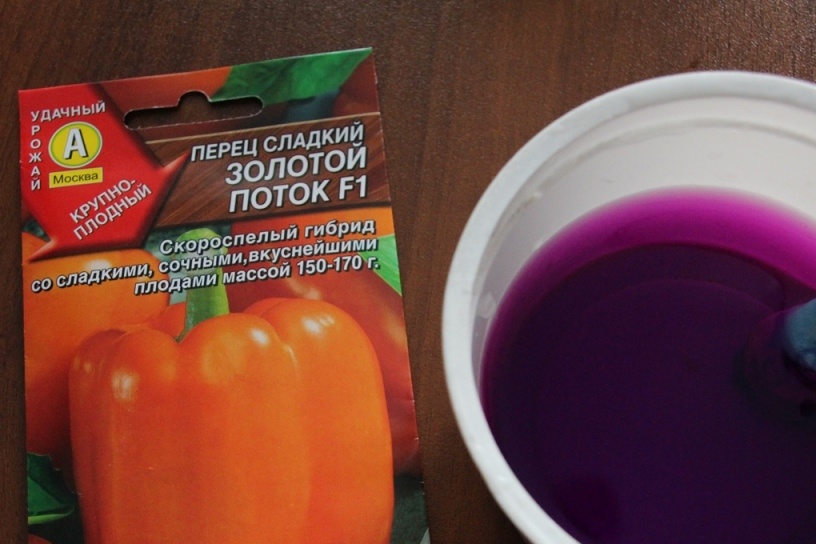
Seed treatment - You can soak planting material for 10-15 minutes in a solution of hydrogen peroxide heated to + 40 ° C (5 ml of the product per 1 glass of water). Seeds are removed and dried without rinsing.
- Sometimes summer residents use the method of alternating cold and heat, which contributes to the hardening of pepper and the active growth of seedlings. Seeds are placed on a moistened napkin, covered with two layers of film and left for 24 hours at a temperature of + 24-27 ° C, then taken out in the cold (from +4 to + 10 ° C) for 4 hours. And such a procedure must be performed three times.
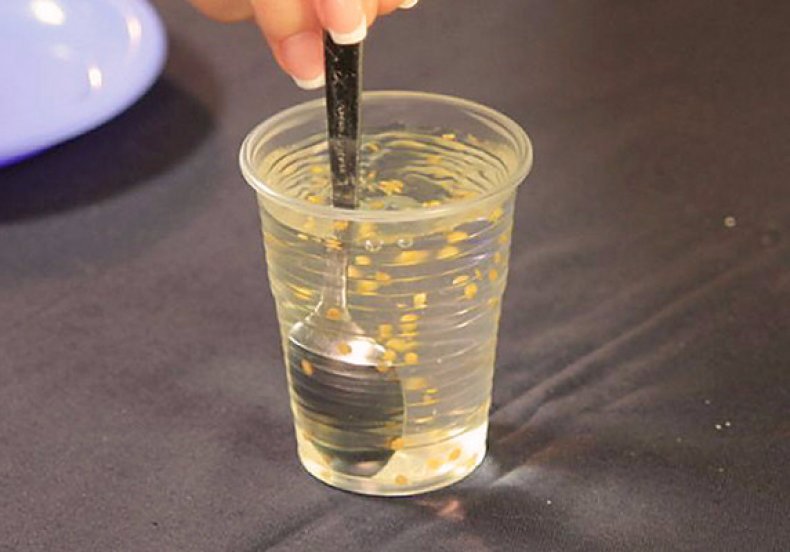
Surfaced specimens are rejected, and those that have settled on the bottom are used for planting.
Methods of sowing seeds of bell pepper for seedlings and care for it
There are several ways to grow pepper seedlings, among which summer residents allocate sowing in separate containers. Pepper has rather fragile roots, so a transplant negatively affects its development. Picked seedlings are often sick and significantly stunted.
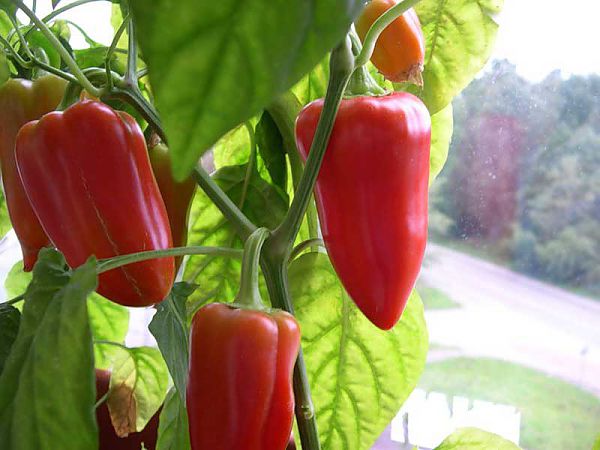 You may be interested in:
You may be interested in:In peat tablets
For peppers, tablets with a diameter of 4-5 cm are selected. They are placed in a large container and filled with water.After swelling, the excess water is drained and sown. In the center of the tablet (which has taken the form of a cylinder), one seed is deepened by 0.5 cm. After planting, the container is transferred to a warm room and covered with a film.
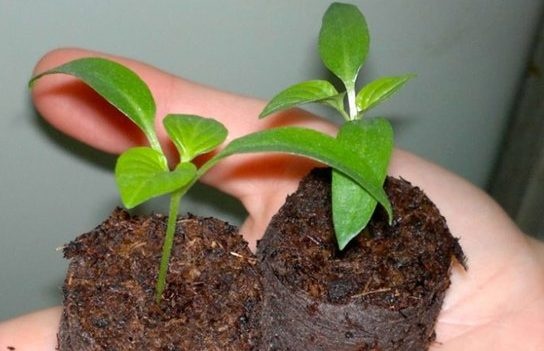
Crops need daily ventilation for 2-3 hours. Pour seeds in a grassroots way as the peat dries in a tablet. After germination, the cylinders are placed in separate containers with prepared soil. Such a transplant does not injure the roots, because they are protected by the mesh, which is covered with a peat cylinder. Care for sprouted seeds consists in watering and good lighting.
In cassettes
Beginners are advised to germinate pepper in separate cups of 250-500 ml or cassettes, because this method allows you to get high-quality sprouts. The seed is buried in the soil mixture by 1 cm and watered with standing water.
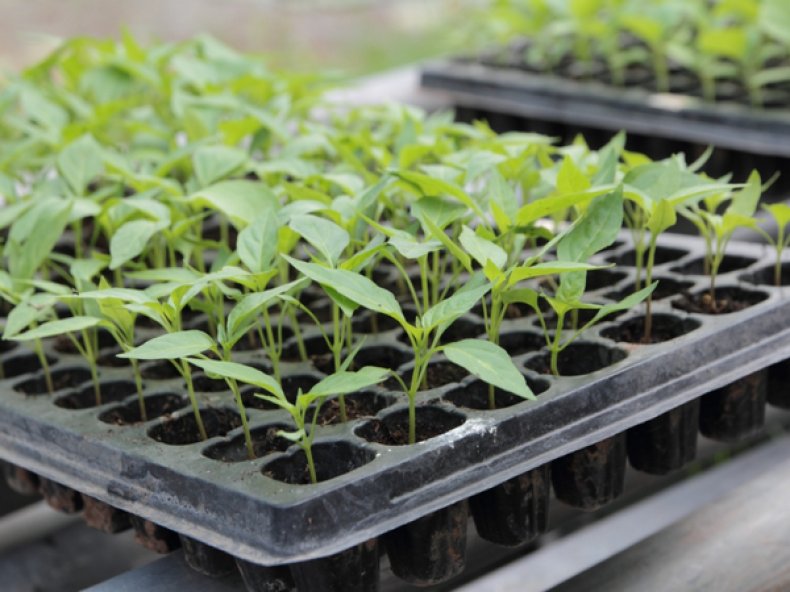
Room temperature should not be lower than + 25˚С. It is necessary to monitor the soil level and add soil to the cassettes as they grow. Pour the seeds in a grassroots way - into the pan. If seedlings are grown in glasses, watering is carried out in the usual way.
In the snail
The snail is a fairly new way to grow plants for seedlings, but it is already gaining popularity among vegetable growers. Thanks to its compactness, a snail can save space, especially if seedlings grow in a small apartment. As a material for creating a roll, you can use a substrate for a laminate or a regular bag. The process consists of the following manipulations:
- A cellophane tape is placed on a flat surface, covered with toilet paper (it is better to take two-layer paper) on top and sprayed with water using a spray gun.
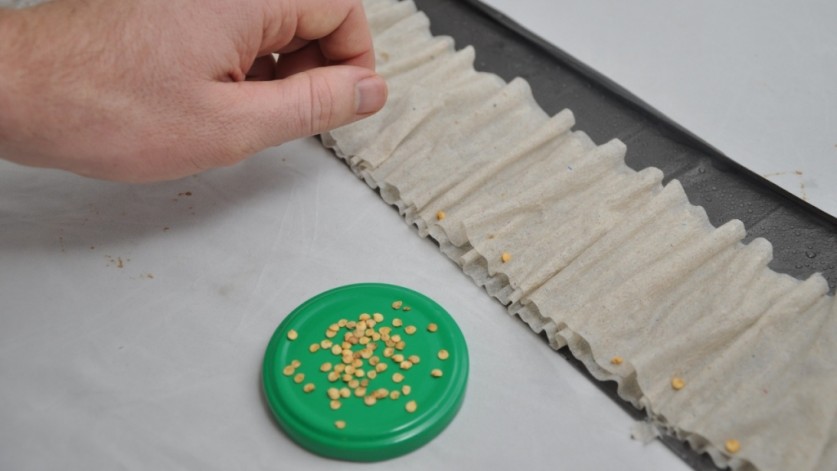
It is important to remember that the edges of the bag and paper must match. - planting material is laid out on paper at a distance of about 2 cm from each other. The distance from the top edge to the seeds should be 2-3 cm;
- the seeds are covered with a layer of toilet paper and sprayed well;
- the tape is twisted into a snail, but without effort;
- the snail is fixed with a rope or rubber band and placed in a container, on the bottom of which a little clean water is preliminarily poured.
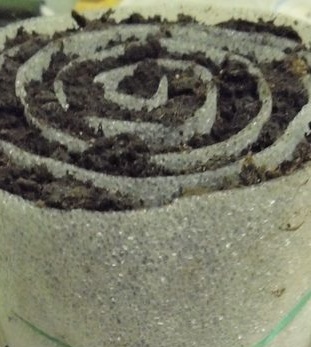
After the appearance of 2 cotyledonous leaves, they are dived into the soil. The snail is carefully unwrapped and cut into separate parts with sprouts. Seedlings are planted in a soil mixture, where they will dwell before planting in a permanent place.
In drawers
For sowing, it is necessary to take a box with fertile soil and place seeds in it to a depth of not more than 0.5 cm. The soil is watered, after which the box is covered with a film and placed in a warm room.
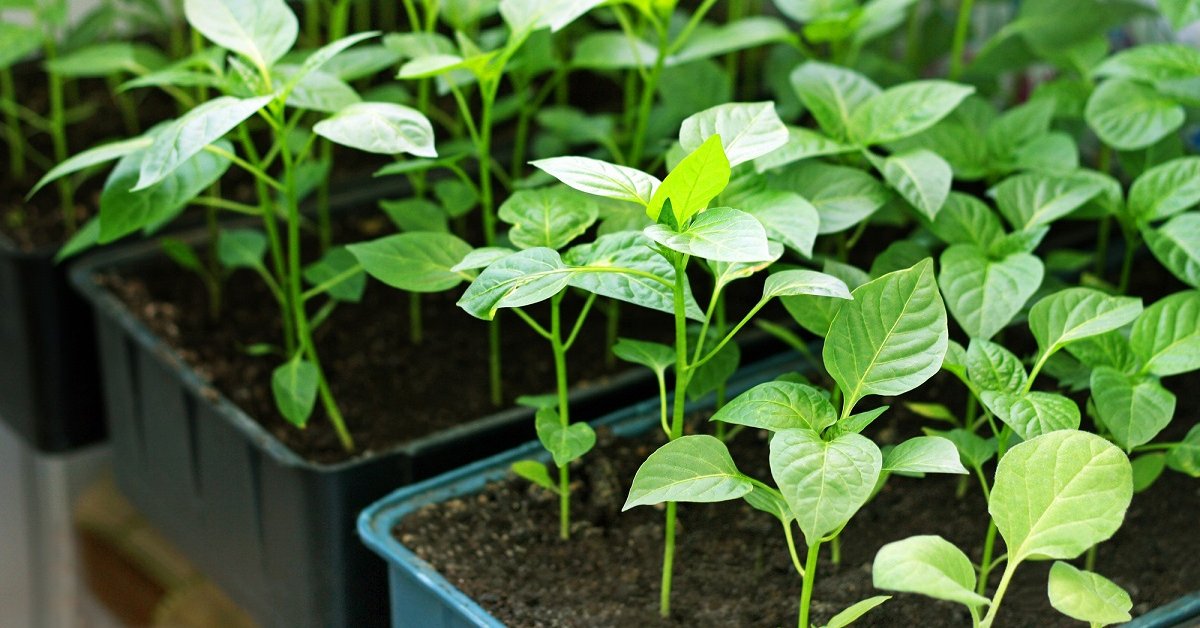
Planting seedlings and further care of plants
The soil for pepper should be light, so it should be prepared a year before planting: apply 5 kg of organic fertilizer for predecessors per 1 m², and in the fall, 50 g of phosphorus and potassium fertilizers for deep digging of the soil. In the first days after transplanting, seedlings require special care, which consists in shading and moderate watering.
In the open ground
When the plant has formed 8-12 leaves, it can be transplanted into beds. By the time of disembarkation, the average daily ambient temperature should be within + 16˚С, and the threat of night frosts should completely pass.
Landing in open ground in cloudy weather or in the evening. Before planting, it is worth marking the beds and preparing the holes.

Before planting, plants are watered.For prevention, it is advised to treat the seedlings with a solution of Strela (per 10 l of water, 50 g of the active substance). The pepper is buried in the prepared hole so that the root neck is above the ground. The hole is watered, covered with soil and slightly compacted near the stem. After planting, the beds are covered with a film, and after rooting, the shelter is removed.
While the plants will adapt to a new place of residence, it is important not to overdo it with watering, otherwise the roots may rot. If possible, daily check the condition of the soil and moisten it a little near the stem (about 150 ml of water per bush). Full watering is carried out after 6-8 days after planting.
In the greenhouse
Transplantation into the greenhouse can be carried out after the plants are 60-80 days old (depending on the variety). If seedlings were germinated in peat tablets, then it is planted in the soil directly in them. If in ordinary cups, then a little peat is added to each hole before planting, which will allow the pepper to form a strong root system. After planting, it is advised to cover the soil with humus, which will allow the culture to adapt faster. Next, it is worth feeding the soil with mineral fertilizer:
- 5 l of water;
- 10 g of calcium nitrate;
- 5 g of ammonium nitrate;
- 15 g of double superphosphate.
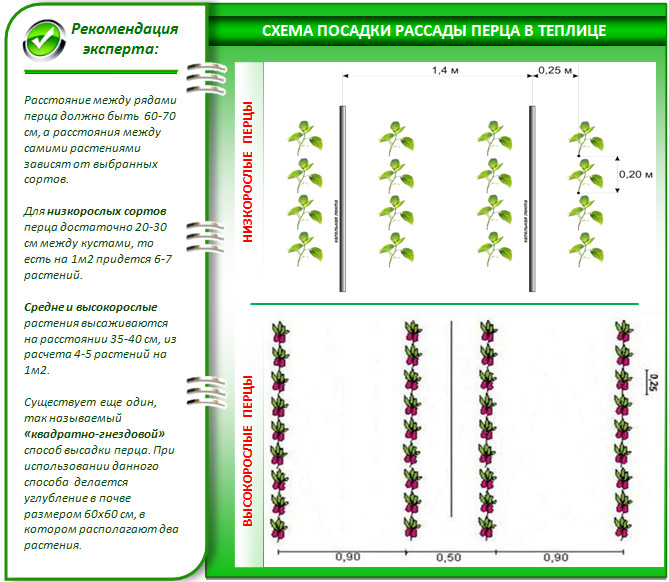
Each bush is watered abundantly with such a solution. It is important to remember that top dressing is carried out no more than once every 10 days.
Common questions
Growing bell peppers is even for a beginner grower. If you follow all the recommendations, you can get not only strong seedlings, but also an excellent harvest.




 Calorie pepper stuffed with meat and rice - BZHU per 100 grams
Calorie pepper stuffed with meat and rice - BZHU per 100 grams Gorky pepper - the best varieties for open ground
Gorky pepper - the best varieties for open ground Hot pepper seeds - the best varieties for open ground and reviews
Hot pepper seeds - the best varieties for open ground and reviews Capsicum tincture for hair - how to use and reviews
Capsicum tincture for hair - how to use and reviews